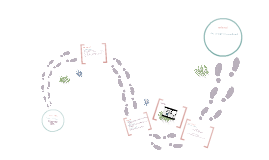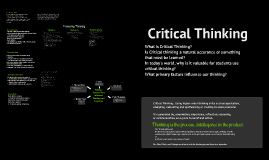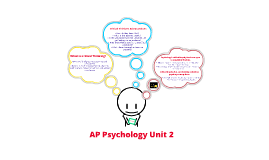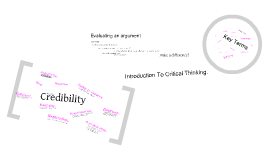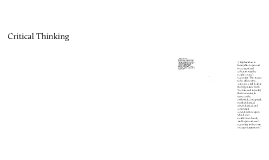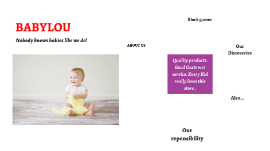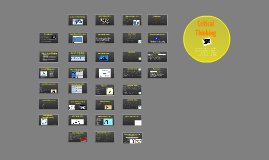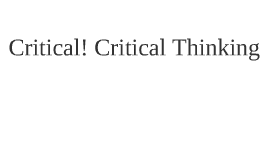Critical Thinking
Transcript: Critical Thinking Skills: 1. Interpretation 2. Analysis 3. Evaluation 4. Inference 5. Explanation 6. Self-regulation Why Bother? Critical Thinking 4. Inference means “to identify and secure elements needed to draw reasonable conclusions; to form conjectures and hypotheses; to consider relevant information and to educe the consequences flowing from data, statements, principles, evidence, judgments, beliefs, opinions, concepts, descriptions, questions, or other forms of representation.” The man was defeated and ashamed. This is the reason Socrates was a great philosopher and held in such high esteem. "Well," concluded Socrates, "if what you want to tell me is neither True nor Good nor even Useful, why tell it to me at all?" 5. Explanation as being able to present in a cogent and coherent way the results of one’s reasoning. This means to be able to give someone a full look at the big picture: both “to state and to justify that reasoning in terms of the evidential, conceptual, methodological, criteriological, and contextual considerations upon which one’s results were based; and to present one’s reasoning in the form of cogent arguments.” In ancient Greece (469 - 399 BC) Socrates was widely lauded for his wisdom. One day the great philosopher came upon an acquaintance who ran up to him excitedly and said, "Socrates, do you know what I just heard about one of your students?" "Wait a moment," Socrates replied. "Before you tell me I'd like you to pass a little test. It's called the Triple Filter Test." "Triple filter?" "All right," said Socrates. "So you don't really know if it's true or not. Now let's try the second filter, the filter of Goodness. Is what you are about to tell me about my student something good?" "No, on the contrary..." 'Teach people to make good decisions and you equip them to improve their own futures and become contributing members of society, rather than burdens on society.' Peter A. Facione "So," Socrates continued, "you want to tell me something bad about him, even though you're not certain it's true?" The man shrugged, a little embarrassed. Socrates continued. "You may still pass the test though, because there is a third filter - the filter of Usefulness. Is what you want to tell me about my student going to be useful to me?" "No, not really" Critical Thinking 1. Interpretation is “to comprehend and express the meaning or significance of a wide variety of experiences, situations, data, events, judgments, conventions, beliefs, rules, procedures, or criteria.”2 2. Analysis is “to identify the intended and actual inferential relationships among statements, questions, concepts, descriptions, or other forms of representation intended to express belief, judgment, experiences, reasons, information, or opinions.” 3. Evaluation as meaning “to assess the credibility of statements or other representations which are accounts or descriptions of a person’s perception, experience, situation, judgment, belief, or opinion; and to assess the logical strength of the actual or intended inferential relationships among statements, descriptions, questions or other forms of representation.” critical thinking is thinking that has a purpose (proving a point, interpreting what something means, solving a problem), but critical thinking can be a collaborative, noncompetitive endeavor. "That's right," Socrates continued. "Before you talk to me about my student let's take a moment to filter what you're going to say. The first filter is Truth. Have you made absolutely sure that what you are about to tell me is true?" "No," the man said, "actually I just heard about it and..."






